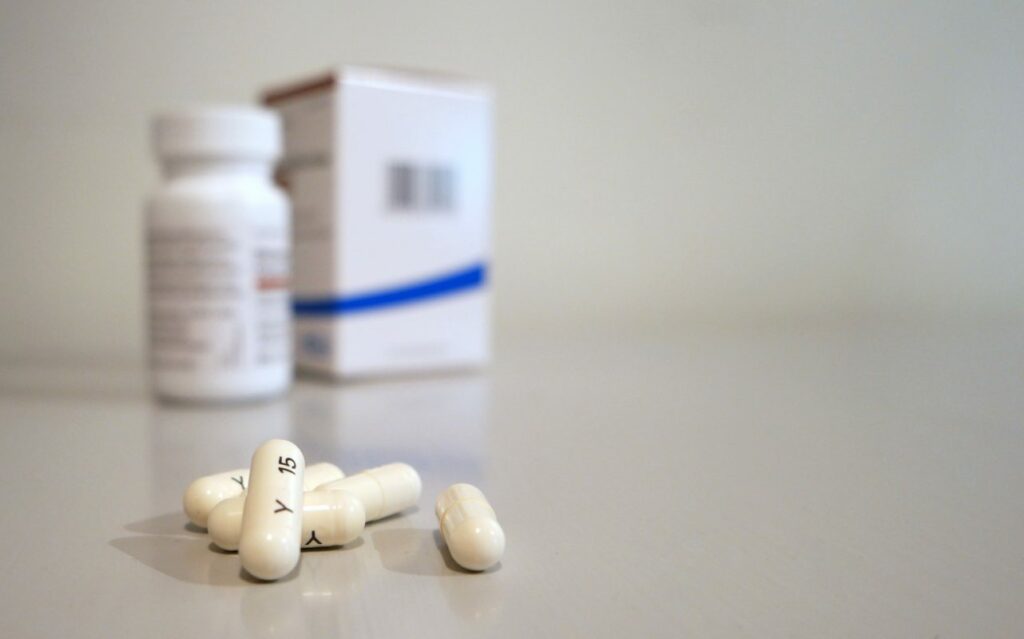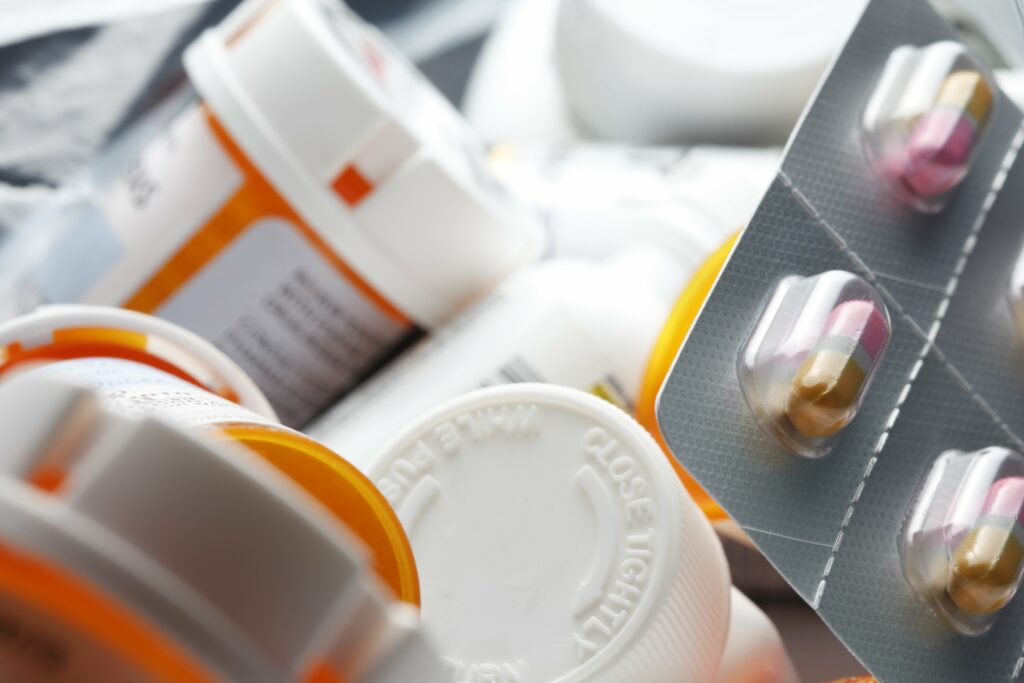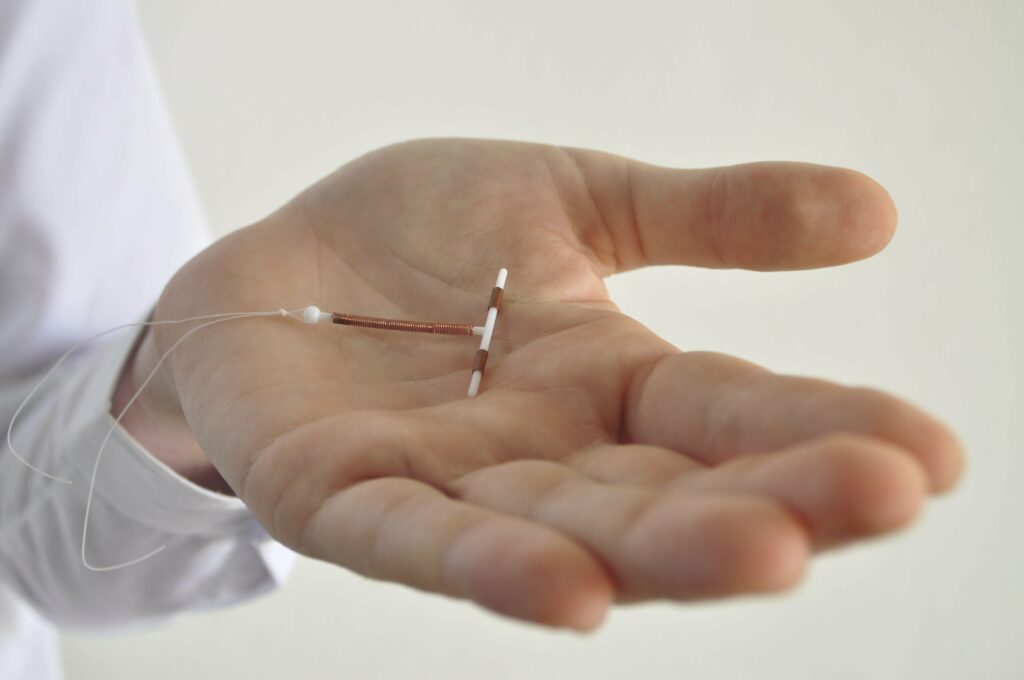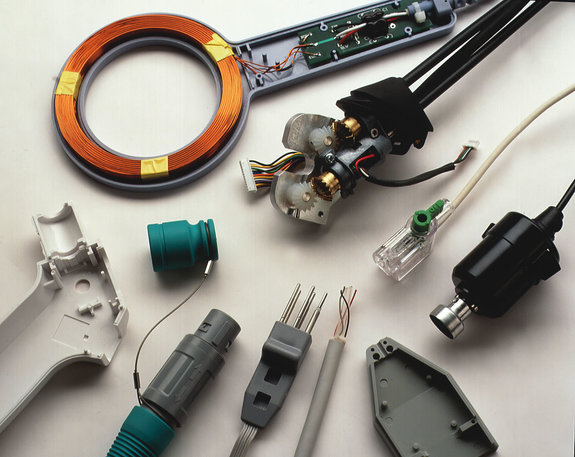FDA Sends Far Fewer Advertising Letters in 2017
The U.S. Food and Drug Administration (FDA) is responsible for policing all prescription and over the counter medications and medical devices. The agency ensures devices and drugs comply with mandated safety standards and ensures manufacturers abide by advertising rules. Unfortunately, the FDA sent far fewer advertising letters out this past year.
In 2017, the FDA only sent out three warning letters for advertising violations compared to 11 in 2016. While some might believe the decrease is caused by better adherence to guidelines, this isn’t entirely true. Advertising regulations are meant to protect consumers from false claims made by drug and device manufacturers, and without strict policing of violators, consumers can easily be duped.
One of the warning letters the FDA sent out for advertising violations was for false and misleading information included in promotional materials for the insomnia drug Zolpimist. Promotional materials must be sent to the FDA for approval before use, but certain materials including a webpage did not receive approval. The other two warning letters addressed false and misleading claims from the manufacturers of the opioid ConZip and the weight loss drug Contrave.
False or Misleading Claims
Most advertising violations are for false or misleading claims. For the FDA, this can mean manufacturers minimized risks in advertisements, presented information or data that is untrue, or failed to include important information regarding the drug or device. Manufacturers must always include risk information on all advertising materials so physicians and consumers can make informed decisions about using a drug or device use. Without including the appropriate risk information, many consumers could end up taking medications and suffering serious side effects they knew nothing about.
All patients have a right to know the risks associated with medications and devices. Unfortunately, not all manufacturers express these risks and abide by advertising rules and the FDA only catches some of the violators.

















